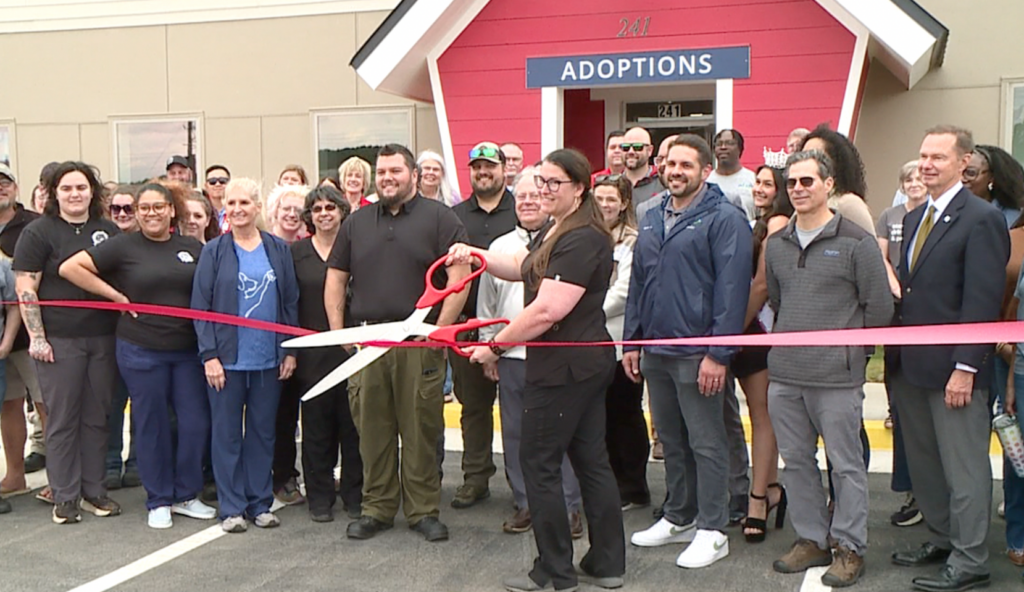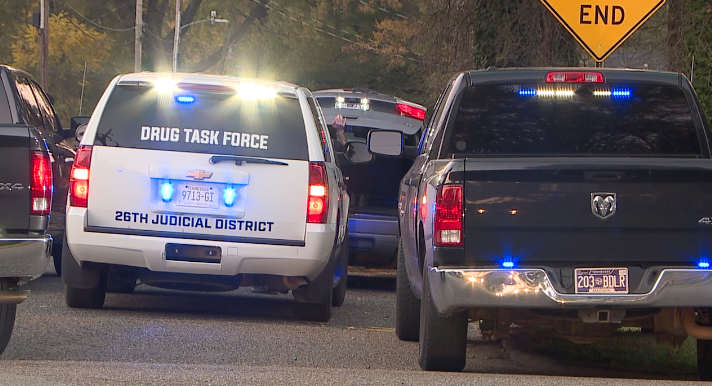Number of COVID-19 vaccinations going down
JACKSON, Tenn. — It’s been three years since coronavirus impacted the world forever.
The question is, where are we now and how are vaccines still preventing the spread of the virus?

William Moss, a professor in the Department of Epidemiology for the Johns Hopkins Bloomberg School of Public Health, says COVID-19 is far from over.
Although remarkable progress has been made with the COVID-19 vaccines, variants of the virus continue to emerge while immunity has been decreasing over time.
“Although the story is complex, vaccine effectiveness remains high against moderate and severe disease, which is critically important in preventing hospitalizations and death,” Moss said.
As immunity wanes, we have seen that demand for both the primary and booster doses of COVID-19 vaccines has been lower than expected.
It is important to encourage the public to get vaccinated and receive the booster as variants cannot be controlled.
“We know the SAARS-COVID-2 virus will continue to mutate, as viruses do. But we’ll yet to see whether a new variant emerges that can really escape immunity and is highly transmissible,” Moss said.
Rupali Limaye, an associate professor in the Department of International Health, says about 1.5 billion of the world population only received the first dose of the vaccine.
The numbers went down after the booster was provided, and in return, allowed a rise in variants world wide.
“The key reason is that many people think that COVID is not severe enough to warrant a response, i.e., getting a vaccine. However, what we do know is that long COVID has many detrimental effects. These include health, emotional and social effects that can last for years,” Limaye said.
Currently, there are approximately 2,000 deaths from COVID-19 every week.
According to the CDC, almost 19 percent of the US population has not yet received at least one dose of the vaccine and 16 percent who have did not get a booster dose.
“With the booster specifically, I think what we’re interested in seeing is particularly those that are at risk. Again, those in our older population groups, those that are, you know, compromised. We would like to see those numbers increase. Those that are older have actually gotten the booster in much higher proportions than those who are younger, but there’s still work to be done there,” Limaye said.
You can find more national news here.












